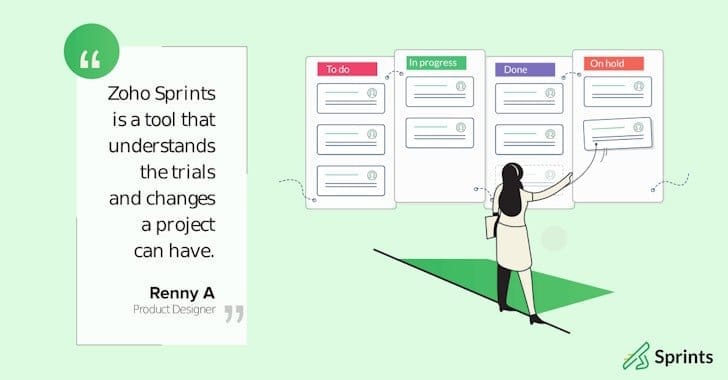The Pros and Cons of Using X (formerly Twitter) to Train AI Models

Publish Date: Last Updated: 10th February 2025
Author: nick smith- With the help of CHATGPT
As reported by TechCrunch on 17th October 2024
On Wednesday, social network X (formerly Twitter) updated its Privacy Policy to indicate that it would allow third-party “collaborators” to train their AI models on X data, unless users opt out. While X owner Elon Musk trained xAI’s Grok AI chatbot on X user data, leading to an investigation by the EU’s lead privacy regulator, the company hadn’t yet amended its policy to indicate its data may also be used by third parties. Link to full article
Social media platforms are increasingly becoming key sources for AI model training, with vast amounts of publicly available data fueling advancements in artificial intelligence. One platform at the center of this discussion is X (formerly Twitter). On Wednesday, X updated its Privacy Policy to indicate that it will allow third-party "collaborators" to train their AI models on data collected from the platform, unless users actively opt out. This development follows Elon Musk’s use of X data to train xAI’s Grok chatbot, which sparked an investigation by the EU’s privacy regulator. The policy change highlights both opportunities and risks in leveraging social media data for AI model training. Let’s dive into the pros and cons of using X as a data source for AI training.
Pros of Using X to Train AI
1. Vast, Diverse Data Set
X boasts hundreds of millions of active users from all over the world, providing a massive and diverse dataset for training AI models. The wide range of opinions, languages, and content types (text, images, and videos) makes X a rich resource for machine learning. AI models trained on this vast and diverse data are likely to become more robust and capable of handling varied real-world scenarios.
2. Real-Time Data for Cutting-Edge Applications
AI models that rely on X data benefit from its real-time nature. Users post about ongoing events, trending topics, and emerging news stories, giving AI models access to up-to-the-minute information. This could be particularly useful for applications such as sentiment analysis, trend prediction, and natural language processing (NLP) tools that need to stay current with language usage.
3. Contextual Understanding of Human Interaction
Social media interactions provide an opportunity to understand the complexities of human communication, including nuances such as sarcasm, humor, and cultural references. Training AI on X data can help models become better at understanding context and interpreting more complex or informal language patterns, improving the AI’s conversational abilities.
4. Scalability for AI Development
The sheer volume of data on X offers ample material to scale AI models efficiently. Researchers and developers can create more complex models without worrying about data scarcity, which can accelerate the pace of AI advancements and innovation.
Cons of Using X to Train AI
1. Privacy and Ethical Concerns
The use of social media data for AI training raises significant privacy concerns, especially when users may not be fully aware that their posts are being used for this purpose. While X offers an opt-out option, many users may not actively monitor privacy policy updates. There’s also the issue of consent—whether passive data collection for AI training constitutes valid user consent.
Moreover, the investigation by the EU’s lead privacy regulator into Musk's use of X data for xAI's chatbot illustrates the scrutiny these practices may attract, particularly under strict regulations like the General Data Protection Regulation (GDPR) in Europe. Companies using X data could face legal challenges or penalties if they fail to comply with these regulations.
2. Bias and Misinformation
X, like other social media platforms, is a hotbed of misinformation, hate speech, and biased content. AI models trained on unfiltered data from X risk learning and propagating these biases. If not properly curated, AI models could perpetuate harmful stereotypes, misinformation, or even amplify extremist views. This is particularly problematic in high-stakes applications like content moderation or political analysis.
3. Data Quality and Noise
Not all data on X is useful for training AI. The platform includes a significant amount of irrelevant, low-quality, or even spam content, which can act as noise and degrade the performance of AI models. Models trained on noisy data might struggle to distinguish valuable information from irrelevant posts, leading to inaccuracies or poor predictions.
4. Legal and Regulatory Challenges
As seen with the EU investigation, training AI on X data may lead to legal and regulatory challenges, especially when user data is involved. In addition to privacy laws, there could be intellectual property issues around using publicly posted content for training AI without explicit permission from the content creators. This adds another layer of complexity for companies looking to leverage X data for AI development.
5. Impact on User Trust
Users are increasingly concerned about how their data is being used by tech companies, and news of their social media activity being harnessed for AI training may erode trust in the platform. X could face backlash from users who are uncomfortable with third-party access to their data. If user trust declines, it may result in fewer people engaging with the platform, ultimately reducing the quality and volume of data available for training.
Conclusion
While X provides an attractive data source for training AI models due to its scale, diversity, and real-time nature, there are significant drawbacks, including privacy concerns, potential bias, and regulatory risks. For companies looking to use X data, balancing the benefits with these ethical and legal challenges is crucial. As AI becomes more integrated into society, transparent data practices and user protection will be essential in maintaining the trust and integrity of the platforms and technologies that shape our future.
Trending AI News Articles
AI Questions and Answers section for The Pros and Cons of Using X (formerly Twitter) to Train AI Models
Welcome to a new feature where you can interact with our AI called Jeannie. You can ask her anything relating to this article. If this feature is available, you should see a small genie lamp above this text. Click on the lamp to start a chat or view the following questions that Jeannie has answered relating to The Pros and Cons of Using X (formerly Twitter) to Train AI Models.
Be the first to ask our Jeannie AI a question about this article
Look for the gold latern at the bottom right of your screen and click on it to enable Jeannie AI Chat.







